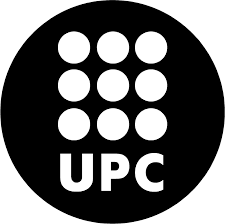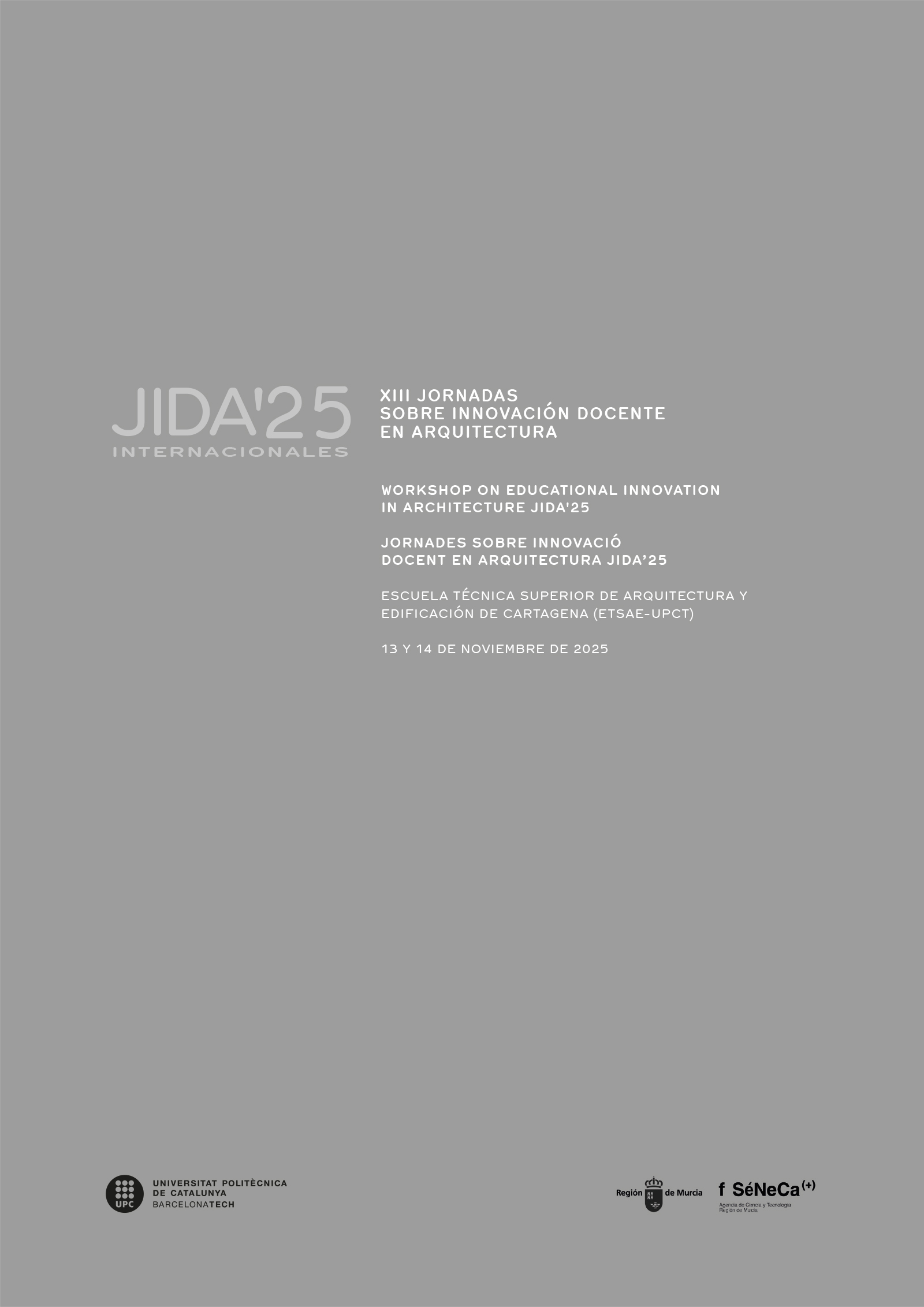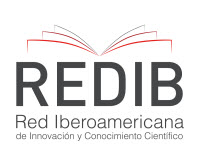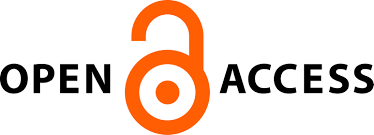Graphic references: collaborative dynamics for learning architectural communications for learning how to represent architecture
DOI:
https://doi.org/10.5821/jida.2025.13559Keywords:
Architectural Project Representation, Self-Assessment, Peer Evaluation, Reflection on Action, Asynchronous Collaborative DynamicsAbstract
The graphical representation of a project influences the first impression of an architectural proposal, making it essential for schools to teach effective visual communication. However, universities often lack structured methods for instructing these skills. This paper presents a multi-step pedagogical activity designed to foster critical reflection and enhance representation quality through self-assessment, blind peer evaluation, and asynchronous collaborative dynamics. Implemented in a fifth-year design studio, the activity consists of three phases: students first evaluate their own work, then anonymously assess their peers’ work, and finally receive instructor feedback. Over two academic years, repeating the activity with the same students enhanced collaboration and sharing of peers’ knowledge. By integrating reflection on action and collaborative learning, the approach reinforces key concepts and offers an adaptable framework for architectural communication education.
References
Arentsen Morales, Eric. 2019. “El taller de arquitectura más allá del enfoque tradicional de Donald Schön.” VII Jornadas sobre Innovación Docente en Arquitectura (JIDA’19), Escuela Técnica Superior de Arquitectura de Madrid, 14 y 15 de Noviembre de 2019: libro de actas, November 2019, 766–81. https://doi.org/10.5821/jida.2019.8411.
Coello-Torres, Claudia. 2020. “Blended Learning en la Enseñanza de Proyectos Arquitectónicos a través de Miro.” Jornadas sobre Innovación Docente en Arquitectura, ahead of print, November 4, 2020. https://doi.org/10.5821/jida.2020.9427
García-Escudero, Daniel, and Berta Bardí Milà. 2024. “Research by Design: Reflexiones En Torno a La Investigación Arquitectónica.” Palimpsesto, nos. 27–1 (January): 14–14. https://doi.org/10.5821/palimpsesto.27.13424
Groat, Linda N., and David Wang. 2013. Architectural Research Methods. New York: John Wiley & Sons.
MoodleDocs. 2025a. “Assignment Activity.” August 19. https://docs.moodle.org/500/en/Assignment_activity
———. 2025b. “Using Forum.” August 19. https://docs.moodle.org/500/en/Using_Forum#Which_forum_do_I_need?
Negroni, Valentina Galleguillos, Piero Mazzarini Watts, and José Quintanilla Chala. 2022. “Inteligencia colaborativa y realidad extendida: nuevas estrategias de visualización.” Jornadas sobre Innovación Docente en Arquitectura, ahead of print, November 4, 2022. https://doi.org/10.5821/jida.2022.11580
Pallasmaa, Juhani. 2009. The Thinking Hand. Existential and Embodied Wisdom in Architecture. Chichester: John Wiley & Sons.
Rodriguez, C., R. Hudson, and Chantelle Niblock. 2018. “Collaborative Learning in Architectural Education: Benefits of Combining Conventional Studio, Virtual Design Studio and Live Projects.” Br. J. Educ. Technol. 49: 337–53. https://doi.org/10.1111/bjet.12535
Salgado De La Rosa, Maria Asunción, Javier Francisco Raposo Grau, and Belén Butragueño Díaz-Guerra. 2020. “Narrativa gráfica: el aprendizaje comunicativo del dibujar.” VIII Jornadas sobre Innovación Docente en Arquitectura (JIDA’20), Escuela Técnica Superior de Arquitectura de Málaga, 12 y 13 de Noviembre de 2020: libro de actas, November 2020, 26–36. https://doi.org/10.5821/jida.2020.9274
Schön, Donald A. 1987. Educating the Reflective Practitioner: Toward a New Design for Teaching and Learning in the Professions. Educating the Reflective Practitioner: Toward a New Design for Teaching and Learning in the Professions. San Francisco, CA, US: Jossey-Bass.






















